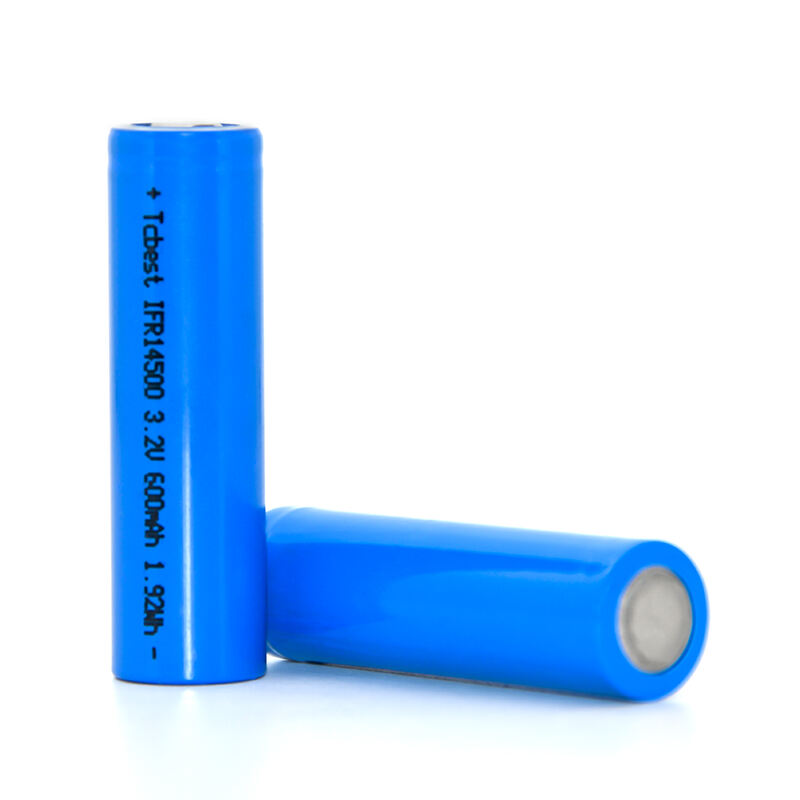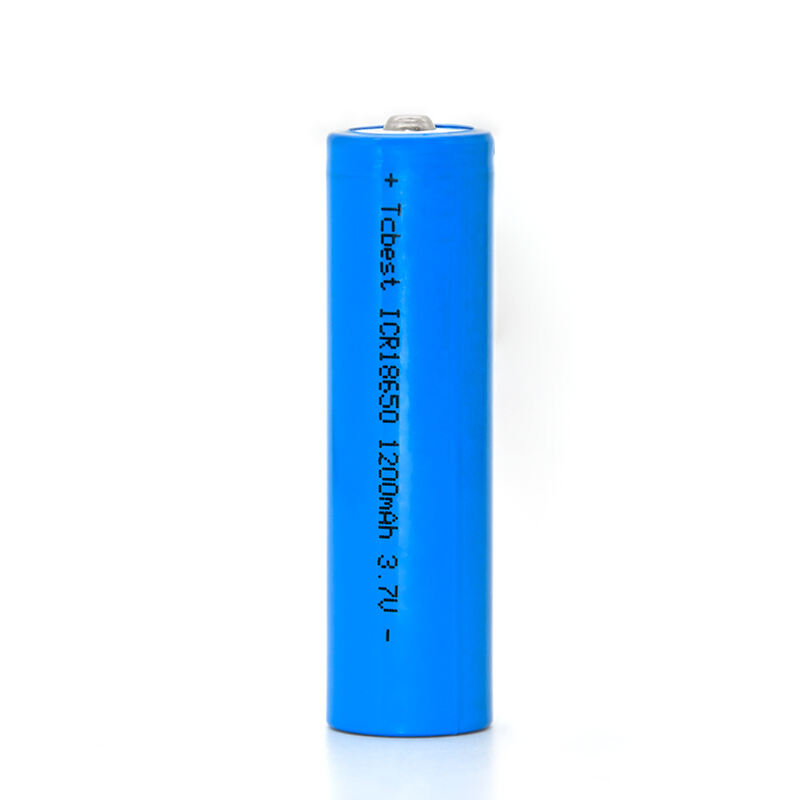lithium cylindrical cells
Lithium cylindrical cells represent a revolutionary advancement in energy storage technology, combining high energy density with reliable performance in a compact form factor. These cells feature a distinctive cylindrical design that optimizes space utilization while maintaining structural integrity. The basic construction consists of precisely layered cathode and anode materials, separated by a specialized membrane and saturated with electrolyte, all housed within a robust metal casing. These cells typically operate at voltages between 3.2V and 3.7V, making them ideal for various applications. The cylindrical format, most commonly seen in sizes like 18650 and 21700, provides excellent mechanical stability and efficient heat dissipation characteristics. Their design incorporates sophisticated safety mechanisms, including pressure relief vents and thermal shutdown separators, ensuring safe operation under various conditions. These cells excel in applications ranging from portable electronic devices to electric vehicles and grid storage systems, delivering consistent power output and maintaining performance integrity over numerous charge cycles. The manufacturing process employs advanced techniques to ensure uniform material distribution and optimal electrical contact, resulting in superior energy density and prolonged service life.


